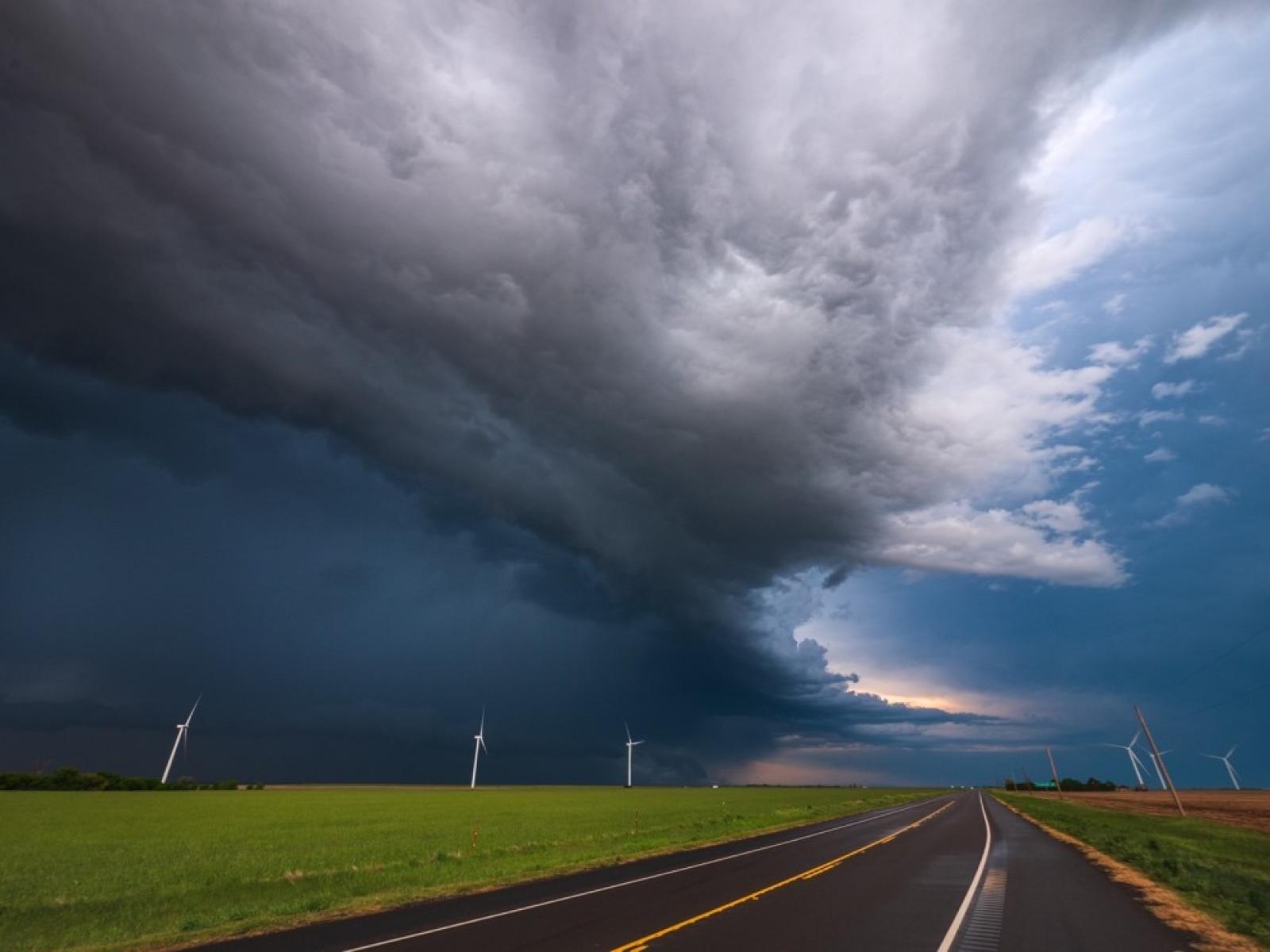Mesoscale Convective Systems Cause Most Warm-Season Floods in the Central-Eastern U.S.
Examining flood occurrences associated with mesoscale convective systems and their characteristics allows researchers to explore climate-flood linkages.
The Science
Mesoscale convective systems (MCSs) are a class of large storms that often produce floods. However, the likelihood that an MCS will produce floods is unknown due to the complex responses of land surfaces to rainfall. Scientists examined flood frequency east of the U.S. Rocky Mountains and found that most slow-rising floods and hybrid floods are associated with MCSs. However, non-MCS storms occur frequently in mountainous areas and produce locally intense rainfall, causing half of the flash floods in July and August. In addition, the researchers found that flood occurrence is related to MCS characteristics, particularly MCS rainfall area, which plays a dominant role in the frequency of flooding events.
The Impact
Severe floods have significant socioeconomic impacts on the central U.S. Quantitatively attributing flood occurrences to MCS and non-MCS storms reveals the important role of MCSs in producing flooding throughout different regions and seasons. This study shows that MCSs with a larger rainfall area produce more floods, while the slower propagation of MCSs can enhance the duration of flash floods. These findings are critical for advancing the forecasting of different flood types by linking them to their causal events and seasonal variability, leading to better predictions of flood risks in response to future MCS changes.
Summary
MCSs, with their larger rain areas and high rainfall intensity, can produce severe flooding. Researchers examined flood occurrences associated with MCS rainfall by linking a high-resolution (4 km, hourly) MCS dataset and reported floods over the central-eastern U.S. during the warm season. Using 11 years of data, researchers found that MCSs are responsible for most slow-rising floods and hybrid floods (episodes including both slow-rising and flash floods). However, about half of flash floods in July and August are induced by the non-MCS individual thunderstorms that frequently occur in mountainous areas and produce locally intense rainfall. Furthermore, researchers established links between MCS characteristics and floods: the MCS rainfall area plays a predominant role in flood occurrence as evidenced by the positive correlation between flood occurrences and MCS rainfall areas, while slower MCS propagation can lead to longer duration flash floods. The linkages between key causative MCS aspects and flood characteristics can improve confidence in interpreting flood risks and predicting any future changes based on warming-induced alterations in MCS characteristics.
PNNL Contact
Ruby Leung, Pacific Northwest National Laboratory, Ruby.Leung@pnnl.gov
Funding
The U.S. Department of Energy Office of Science, Biological and Environmental Research program supported this research as part of the Regional and Global Climate Modeling and MultiSector Dynamics program areas.
Published: August 6, 2021
Hu, H., Z. Feng, and L. R. Leung, “Linking Flood Frequency with Mesoscale Convective Systems in the US.” Geophys Res Lett, 48, e2021GL092546, (2021). [DOI: 10.1029/2021gl092546]
